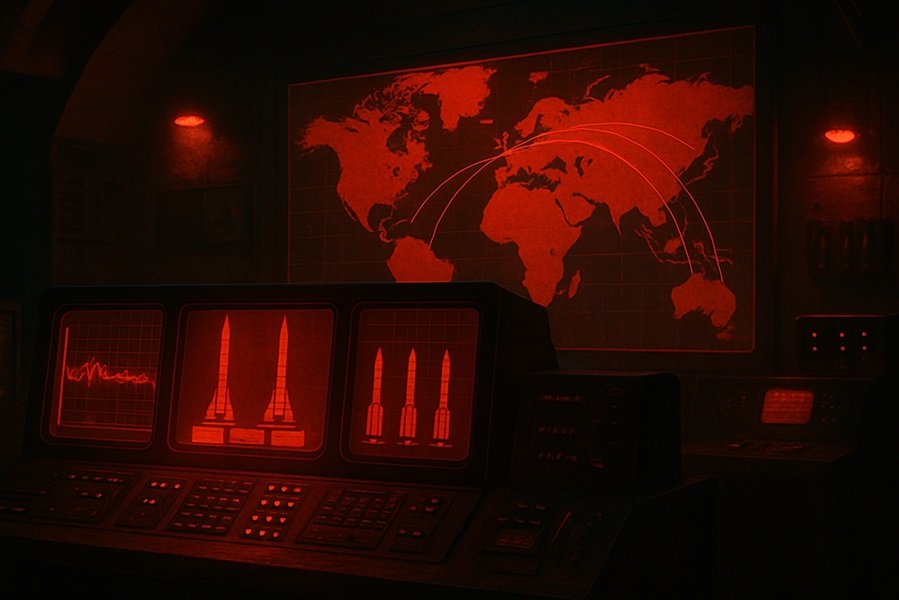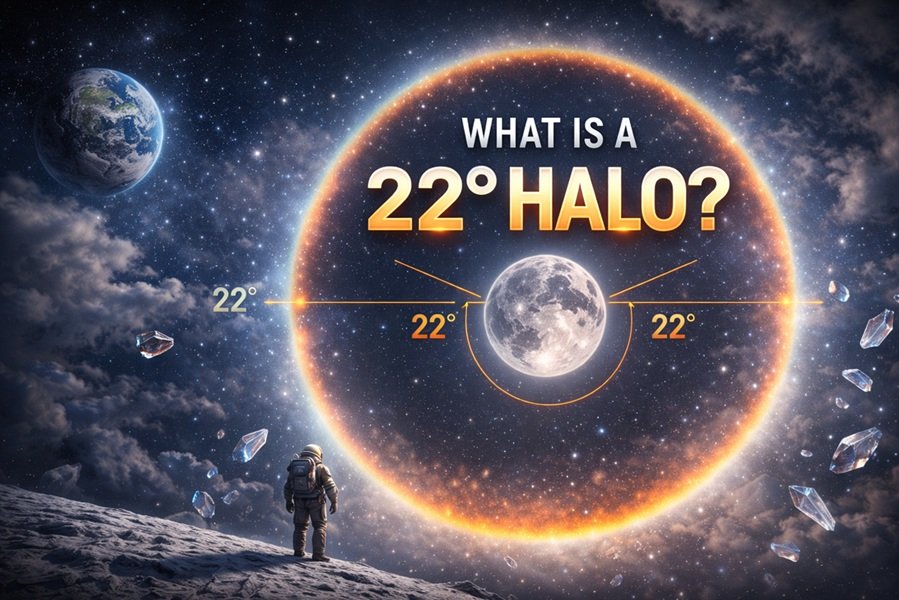
Introduction
Among the most feared concepts from the Cold War era is Russia’s “Dead Hand” system—known officially as “Perimeter”. It’s a chilling reminder of the high-stakes nuclear strategies developed during decades of superpower rivalry. The Dead Hand is not merely a relic of Cold War paranoia, but a real, sophisticated, and partially automated command-and-control system designed to guarantee nuclear retaliation in the event that Russia’s leadership is incapacitated. Often referred to as a “doomsday device,” the Dead Hand embodies the logic of Mutually Assured Destruction (MAD).
In this article, we will explore the origins, structure, operational mechanics, geopolitical context, current status, and implications of Russia’s Dead Hand system.
Read This: What is the Nuclear Non-Proliferation Treaty (NPT)?
What is the Dead Hand (Perimeter) System?
The Dead Hand, or Perimeter, is a Soviet-era automatic nuclear weapons control system that ensures a retaliatory strike in case the country’s leadership is wiped out in a nuclear attack. Unlike traditional second-strike capabilities that require human authorization, the Dead Hand is partially automated—it can launch nuclear weapons even without human intervention under certain extreme conditions.
Key Features:
- Developed in the early 1980s and completed around 1985.
- Intended to ensure second-strike capability even if command structures are destroyed.
- Designed to be triggered by a combination of sensors, seismic detectors, radioactivity monitors, and military communications breakdown.
- Sends launch orders to pre-designated nuclear missile silos and mobile platforms.
- It reportedly remains operational to this day, although upgraded and modernized.
Historical Context: Why Was It Built?
Posture of Nuclear Parity
During the Cold War, the USSR and the USA were locked in a nuclear arms race. One of the key deterrents to nuclear war was the assurance of mutual destruction. If one side launched, the other had to be capable of a massive retaliatory strike, thereby discouraging any preemptive attack.
However, Soviet military planners feared a decapitating first strike by the U.S.—a sudden nuclear assault aimed at crippling the Soviet command-and-control system, thereby preventing a response. To eliminate this vulnerability, the USSR needed a way to guarantee retaliation even if all senior leaders and communications were destroyed.
How Does the Dead Hand Work?
1. Activation
The system is not always active. It is reportedly turned on only during periods of extreme tension. Once active, Perimeter monitors signs of a nuclear attack via:
- Seismic sensors to detect ground tremors from explosions.
- Radiation detectors to identify nuclear detonations.
- Pressure sensors and communications loss monitors to detect catastrophic collapse of the command structure.
If multiple indicators confirm a nuclear strike on Russian soil, and if no command is received from leadership, the system is authorized to launch a retaliatory strike.
2. The Command Missile
Unlike normal ICBM systems, the Dead Hand uses a “command missile” (sometimes referred to as a “nuclear general”). This missile is launched first, but instead of heading toward enemy territory, it flies high into the atmosphere and transmits launch codes to all other Russian nuclear weapons systems.
This ensures that all silos, submarines, mobile launchers, and strategic bombers receive coordinated orders to fire, even in the absence of human command.
3. Human Safeguards
Despite its doomsday aura, the Dead Hand is not fully autonomous. It reportedly includes human decision-makers in the early phases of activation. This ensures there’s no risk of accidental launches due to sensor error or system malfunction. Only if all communication is lost and certain disaster conditions are met, does the system act without human approval.
Is the Dead Hand Still Active Today?
The current status of the Dead Hand system is classified, but multiple Russian officials and defense analysts have confirmed that it remains operational in some form, albeit modernized. In a 2009 interview, retired General Viktor Yesin, former chief of staff of the Russian Strategic Missile Forces, confirmed its existence and relevance. In 2011, Russian Colonel-General Sergei Karakayev hinted at its ongoing role in nuclear deterrence.
In 2018, reports surfaced that Russia had upgraded the Perimeter system to remain compatible with newer missile platforms like the RS-24 Yars.
Comparison with U.S. Nuclear Doctrine
The United States has no equivalent to the Dead Hand. U.S. nuclear command relies heavily on human decision-making, with layers of redundancy and communication systems to ensure continuity.
While both the U.S. and Russia maintain triad-based nuclear forces (land-based ICBMs, strategic bombers, and nuclear submarines), the Soviet/Russian approach has leaned more toward automation and pre-programmed escalation in scenarios of leadership decapitation.
This fundamental difference reflects divergent strategic cultures: the U.S. fears accidental war due to system malfunction, while Russia fears decapitation and values automation as a deterrent.
Geopolitical Implications
1. Stability-Instability Paradox
Paradoxically, the existence of the Dead Hand may increase global stability by removing incentives for a first strike. But it also increases the risk of unintentional nuclear war in moments of crisis or technological failure.
2. Crisis Deterrence
In times of high tension, Russia can activate the Dead Hand to signal resolve, showing that any strike would lead to mutual annihilation. It has been speculated that during NATO-Russia stand-offs over Ukraine or NATO expansions, Perimeter’s status might quietly be raised.
3. Technological and Ethical Concerns
The very existence of an automated nuclear retaliation system raises ethical and technological dilemmas:
- Can we trust machines to make life-and-death decisions for billions?
- What if artificial intelligence or cyberwarfare exploits the system?
Pop Culture and Myths
The Dead Hand has inspired several works of fiction and conspiracy theories. It resembles the doomsday machine from the 1964 satire Dr. Strangelove. Over the years, it has been portrayed in books, video games, and films as an ominous symbol of man’s technological hubris.
Notable examples:
- “Command and Control” by Eric Schlosser.
- “Dead Hand” (2009) by David E. Hoffman – Pulitzer Prize-winning account of Soviet nuclear policy.
- Featured in Call of Duty and other modern video games.
Read this: The USA-Russia Nuclear Pact: Collapse of Strategic Stability in a Multipolar World
Conclusion
The Dead Hand is one of the most terrifying, yet strangely stabilizing creations of the Cold War. As an automated nuclear command system, it was built not to start a war, but to prevent one—by making any enemy strike an automatic suicide mission. Yet, in the age of cyberwarfare, machine learning, and escalating geopolitical tension, the continued existence of such a system adds another layer of complexity and danger.
It is a paradox of peace built on the edge of apocalypse.







